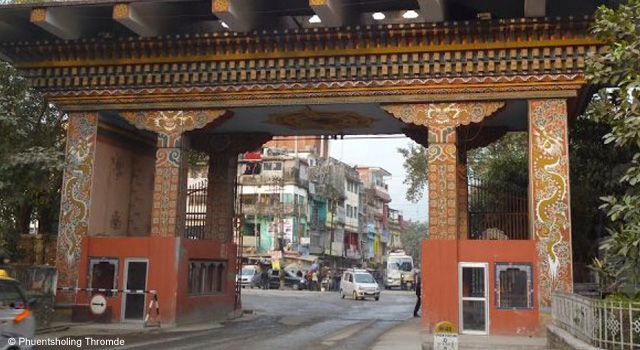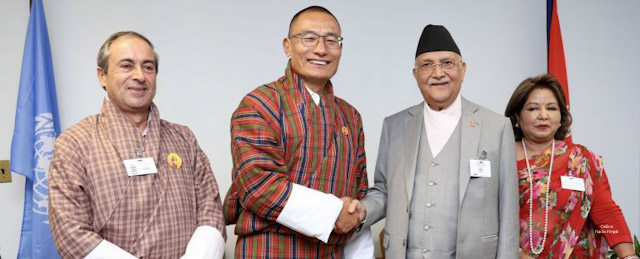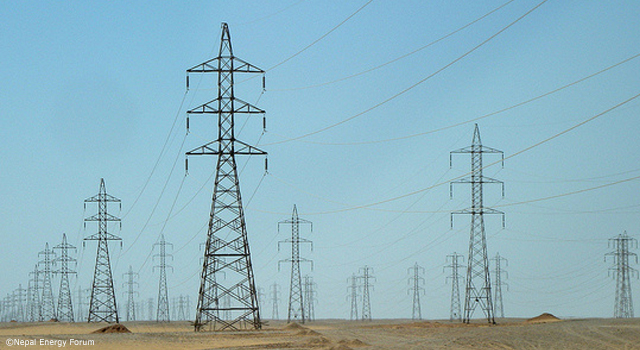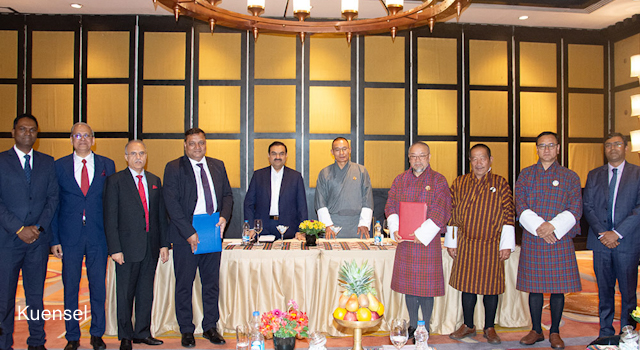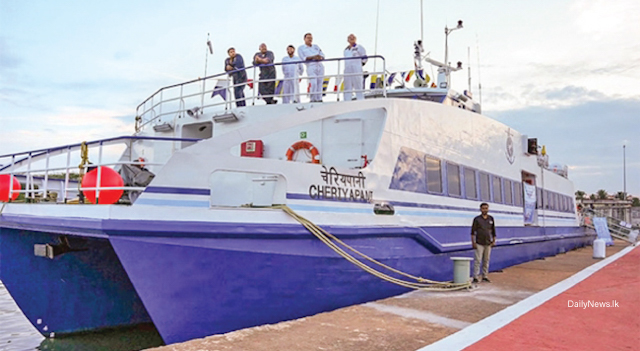
Commentary: Significance of the Akhaura-Agartala Rail Link for India and Bangladesh
22 November 2023

The Akhaura-Agartala rail link marks an important milestone that promotes trade and people-to-people contact between India and Bangladesh. This is an excerpt of an article that appears on the ORF website.
Significance of the Akhaura-Agartala Rail Link for India and Bangladesh
By Sohini Bose and Anasua Basu Ray Chaudhury
As 2023 draws to a close, a decade-old memorandum of understanding (MoU) between India and Bangladesh to set up the first Indo-Bangla international railway connectivity in India's Northeast has borne fruit in the recently launched Akhaura-Agartala cross-border rail link. Inaugurated digitally by Indian Prime Minister Narendra Modi and Bangladesh Prime Minister Sheikh Hasina, this railway connects, Agartala—the capital city of India's Northeastern state, Tripura—with the Akhaura upazila in Bangladesh's Bahmanbaria district. The connectivity through Bangladesh helps bypass the long, narrow, and congested Siliguri Corridor, also known as the "chicken's neck," which connects the northeast to India's mainland. In effect, this reduces the traveling distance from India's northeastern states such as Mizoram, and southern parts of Assam to Kolkata. For Tripura particularly, the distance to Kolkata by rail is reduced from 1,600 kilometers (km) to 500 km and the duration is reduced from approximately 31 hours to 10 hours.
Beyond strengthening connectivity, the railway will also facilitate India's overseas trade by providing a shorter route to the Port of Chattogram in Bangladesh, to which it was granted access last year by Bangladesh Prime Minister Sheikh Hasina.
The port of Ashuganj, which is located near Akhaura, is expected to ferry goods between the station and the Port of Chattogram. Several rail, road, and river networks also connect Akhaura with many industrial sectors in Bangladesh, such as Dhaka, Chattogram, and Sylhet. Accordingly, for Bangladesh, the rail link bears the promise of increased trade with India, its second-largest trading partner. In this regard, it has been pointed out that the link will boost bilateral trade, in agriculture (such as tea and sugar), construction items, iron and steel, and consumer products.
Geopolitical significance
As India and Bangladesh share a contiguous terrain, they are natural partners in connectivity initiatives, and projects such as the Akhaura-Agartala rail link help realize the potential of this geographical continuity.
India's northeast is its only land bridge with the countries of Southeast Asia and has consequently been in the limelight of strategic attention as the Government of India pursues its Act East Policy. It is also the hinterland of India's eastern neighboring countries, namely, Bangladesh, Myanmar, Nepal, and Bhutan, and is, thus, intrinsic to its Neighborhood Policy.
Therefore, the Akhaura-Agartala rail link, while benefiting passenger and goods transfer on the ground, has also significantly advanced Indian foreign policy.
In recent years, India and Bangladesh have undertaken multiple projects to develop connectivity between the two countries, of which the Maitri Setu, inaugurated in 2021, is an important example. It connects Sabroom, the southernmost point of Tripura with the Chattogram Port and is designed to facilitate people's movement from Cox’s Bazaar or the Chittagong Hill Tracts in Bangladesh to Tripura along with the transport of goods. The third integrated check post in Sabroom is expected to be shortly inaugurated, making the Maitri Setu functional and creating an avenue for trade between India's northeast and Southeast Asia. If connected with the Akhaura-Agartala rail link, the Maitri Setu will offer multimodal connectivity to other key parts of Bangladesh as well.
Milestone in cooperation
The Akhaura-Agartala rail link is a major milestone in India-Bangladesh cooperation, enhancing connectivity, trade, and people-to-people contact. The Akhaura-Agartala rail link was inaugurated along with two other collaborative ventures; the Khulna-Mongla port rail line, and Unit II of the Maitree Super Thermal Power Plant in Bangladesh, both of which were financed by India.



